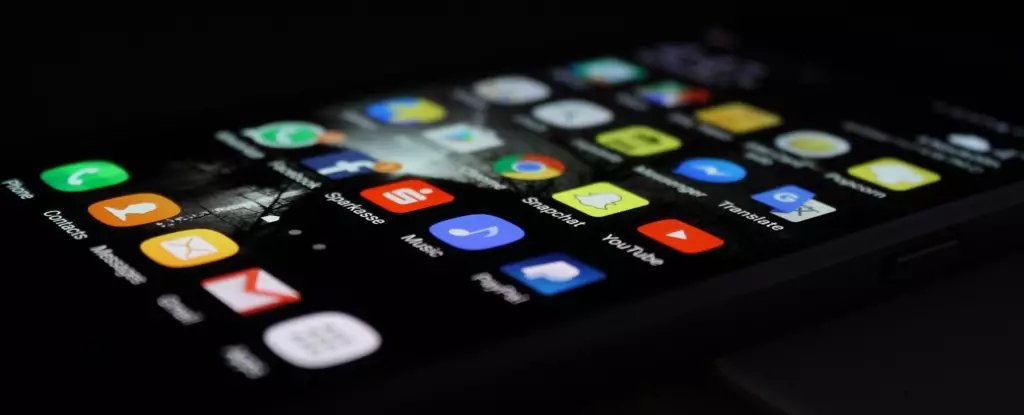Lithium-ion batteries are at the heart of our smartphones, but there is an ongoing debate about whether prolonged or overnight charging can harm the battery. In this article, we will delve into the factors that affect a phone battery’s lifespan, the impact of charging habits on battery performance, and the safety concerns associated with overcharging.
The Lifespan of a Phone Battery
When it comes to a phone battery’s lifespan, two factors play a significant role: manufacturing age and chemical age. Manufacturing age refers to when the battery was originally made, while chemical age reflects the degradation of the battery over time due to various factors such as temperature fluctuations, charging patterns, and overall usage.
According to Apple, a normal iPhone battery is designed to retain up to 80% of its original capacity after 500 charge cycles under normal conditions. Research suggests that a 2019 smartphone battery could undergo around 850 full charge/discharge cycles on average before dropping below 80% capacity. This means that after two to three years of use, the battery’s capacity may decrease, resulting in noticeable depletion and faster draining.
Charging habits also play a role in a phone battery’s lifespan. While most new-generation smartphones can be fully charged within 30 minutes to two hours, it is unnecessary to charge your phone overnight, and it can actually accelerate battery aging. Full charging cycles, going from 0% to 100%, should be avoided if you want to maximize your battery’s lifespan.
Samsung advises against frequent charging up to 100% as it may negatively impact the overall lifespan of the battery. Similarly, Apple recommends charging your battery up to 80% and not allowing it to dip below 20% for optimal battery health. While lithium-ion batteries can be overcharged, modern phones are equipped with built-in protections to prevent this and any associated safety risks.
Trickle charging, where the battery constantly charges to maintain a fully charged state when it drops to 99%, can also wear down the battery over time. Manufacturers like Apple and Samsung have implemented features to regulate trickle charging, such as delaying charging past 80% or capping the charge at 85%.
While the chances of your smartphone exploding due to charging are extremely low, there have been reports of phones exploding unexpectedly in the past. These incidents are usually attributed to manufacturing faults, poor-quality hardware, or physical damage.
Lithium-ion phone batteries tend to overheat when the heat generated during charging cannot dissipate properly. This can result in burns or, in severe cases, lead to a fire. It is worth noting that these batteries operate best within a temperature range of 0°C (32°F) to 40°C (104°F), and they may expand at higher ambient temperatures, potentially causing a fire or explosion.
Using an incorrect, faulty, or poor-quality charger or cable can also contribute to overheating, fire hazards, and damage to the phone itself. While phones typically have in-built safety mechanisms to protect the battery, adopting a cautious approach can further extend its lifespan.
Overnight charging is unnecessary and can accelerate battery aging. It is advisable to avoid full charging cycles and keep your battery between 20% and 80% for optimal lifespan. While the risk of a phone exploding due to charging is minimal, it is essential to use high-quality chargers and cables and ensure that your phone operates within the recommended temperature range. By taking these precautions, you can maximize the lifespan of your phone battery and enjoy longer-lasting performance.


Leave a Reply